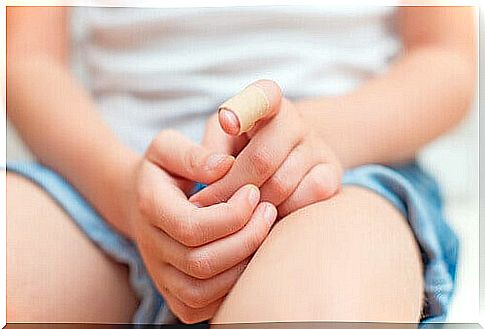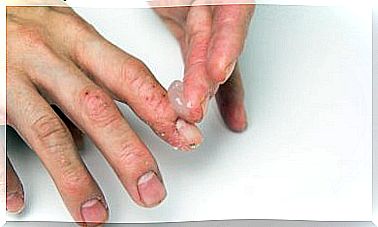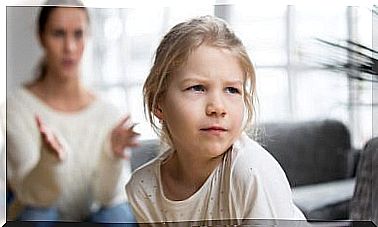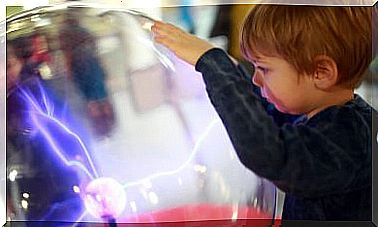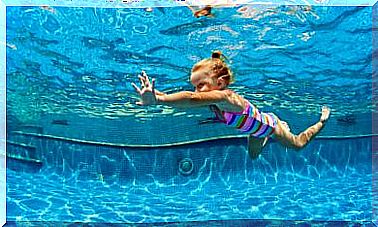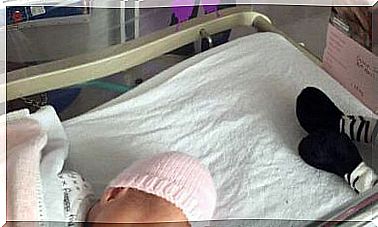What Are The Most Common Accidents With Children?
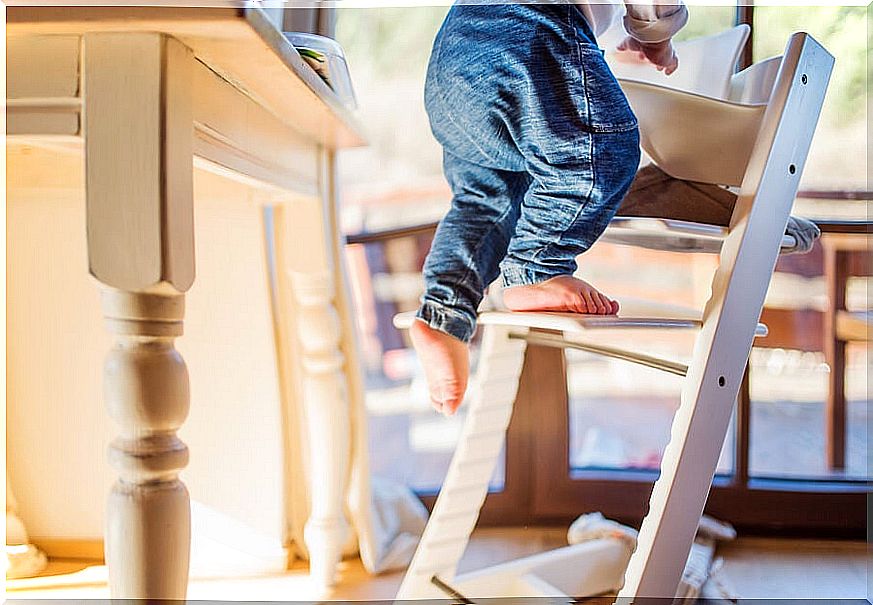
Children are restless by nature: they want to know everything, see, hear, feel, they are always on the move. This dynamism is an indication of health and dexterity, but also a risk. To avoid this, it is convenient to know which are the most common accidents with children.
A happy child may not stop moving. The opposite is not normal, or at least it is not the most common. In the first months, they move their hands and feet constantly, they learn to roll over and crawl until they take their first steps.
More independent children
In those first months of life, children begin to experience the independence that their first steps give them, crawling or walking while holding onto furniture or walls. It is at that moment when parental care must be increased; In the blink of an eye, little ones are exposed to some kind of accident.
Among the most common accidents with children are those that cause scrapes, scratches, bruises, or sprains on the hands or feet. They take place at home or at school, where they are also exposed to insect or other animal bites.
At school age the risks increase. In schools, despite the care, there are greater chances of suffering some mishap; the danger may be in the same classrooms, on the playground, or in other recreational areas.
What are the most common accidents with children?
In children under six months of age, the most frequent accidents are falls from high places, such as a bed or furniture. They can also occur inside the car or from bumps caused in traffic accidents; Others of less incidence —generally— are burns and drowning with food or objects.
From six months to three years, accidents increase. When children are in full growth, they perform movements such as crawling, standing and walking; they also begin to take their first steps, and with them come accidents.
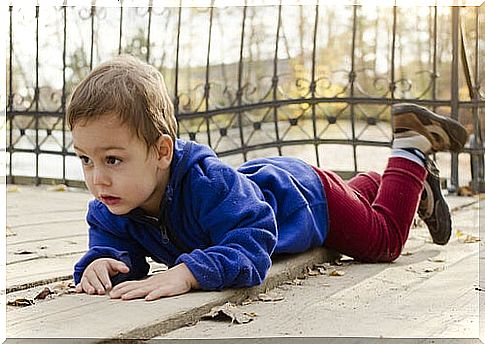
Independence and risks: most common accidents
By moving a little more independently, little ones expose themselves to dangers such as touching hot objects or suffering electrical shock from electrical outlets or cables. When they start to walk, children are more susceptible to falls down stairs; This can pose a real danger to them.
Meanwhile, while interacting with its environment, it is exposed to falls caused by slips, insect bites or domestic animal bites. Poisoning from frequently used liquids in the home is also a risk ; Out of curiosity, children may ingest disinfectant, bleach, or chemicals. Medications that are stored in drawers or on the table are another source of serious danger.
Also, other frequent accidents are cuts or wounds from kitchen knives, scissors, needles, etc. Drowning with candies, nuts or hard foods such as olives and chicken bones, among others, are also recurrent.
Prevention to avoid accidents
All of these accidents usually happen at home. As we have seen, they are also registered at school or nursery schools, where the little ones are in the company of adults most of the time.
It is precisely the lack of prevention that leads to the increase in these situations. What are the most common accidents with children? Those that happen due to a lack of caution. For this overwhelming reason, permanent supervision of children is essential to offer the best protection in these stages in which they experience novel situations.
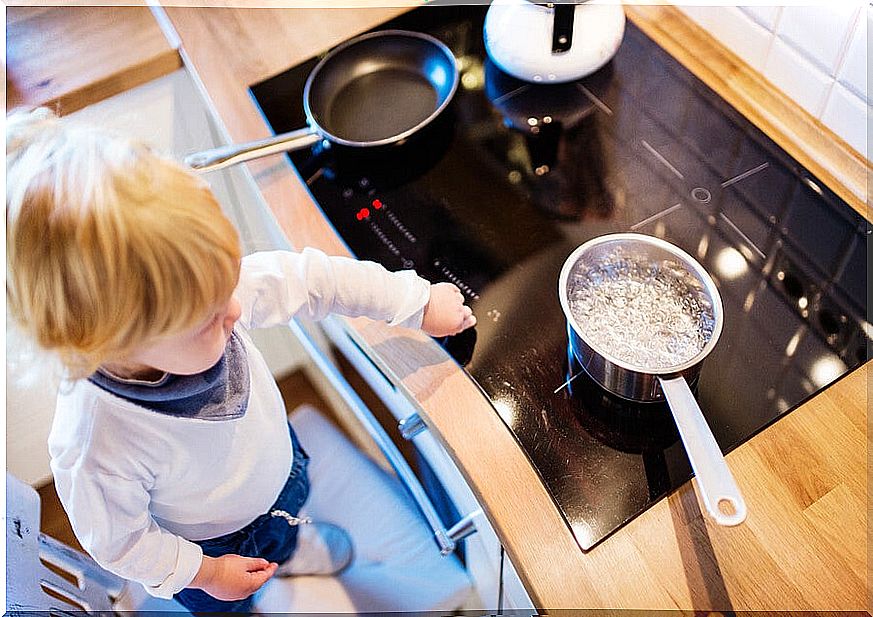
Caution at home and at school
In the home, it is important to cover the plugs with specialized devices for these purposes. Cleaning products, medicines, sharp objects and any other that represent a risk must be kept out of the reach of children.
It is also important to protect the stairs with railings and access doors to avoid falls that can be very dangerous. It is advisable to have a first aid kit in case of accidents and to have the telephone numbers of doctors and emergency services at hand.
At school, violent games should be avoided, children running around in the classroom, in the hallways or on the playground. Finally, it will also be necessary to teach them to open the doors slowly or with caution to avoid hitting any companion, as well as to prevent them from climbing onto chairs or tables and to maintain order.
